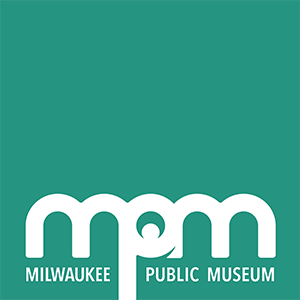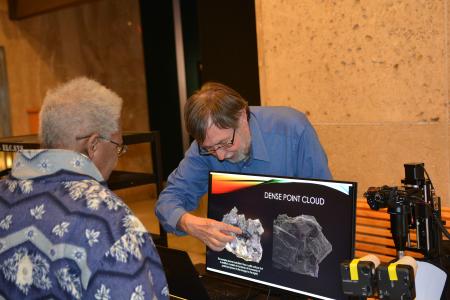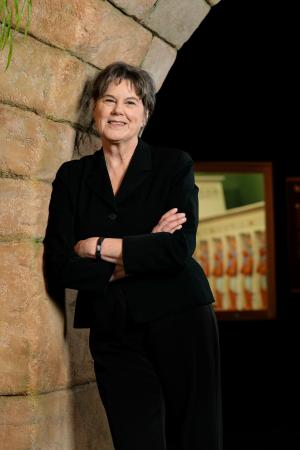Wild Plant Foods
Gathering wild foods was an important part of the seasonal round, both to supplement hunting and fishing, and to expand the diet of those tribes that raised corn, beans, and squash.
All through summer and fall, the women and children gathered wild fruit, berries, and nuts. The women fastened birchbark buckets (makuks) to bands around their waists and filled them with wild foods they gathered.


 Date and Time
Date and Time.jpg)
 Ellen Censky, PhD
Ellen Censky, PhD